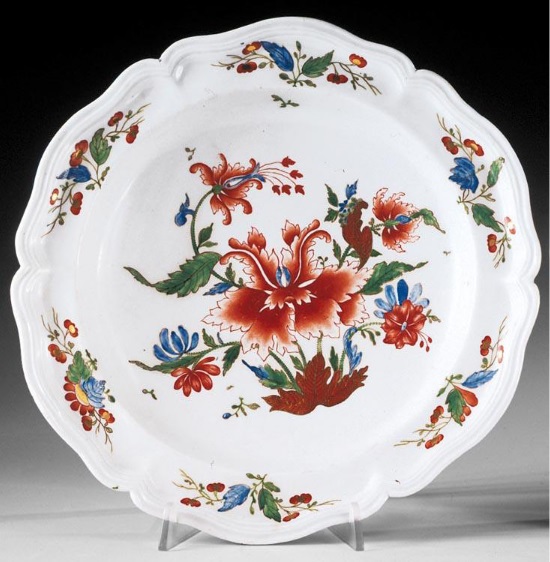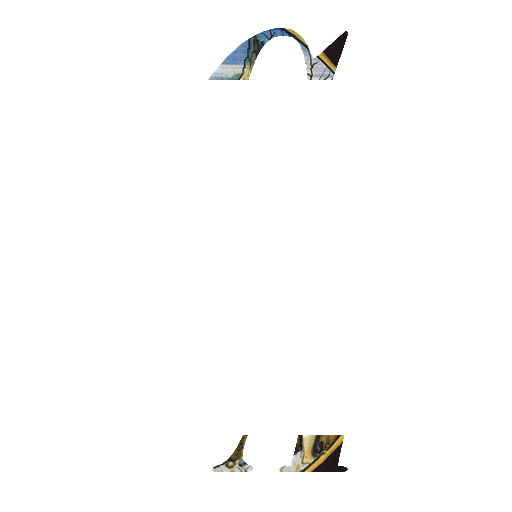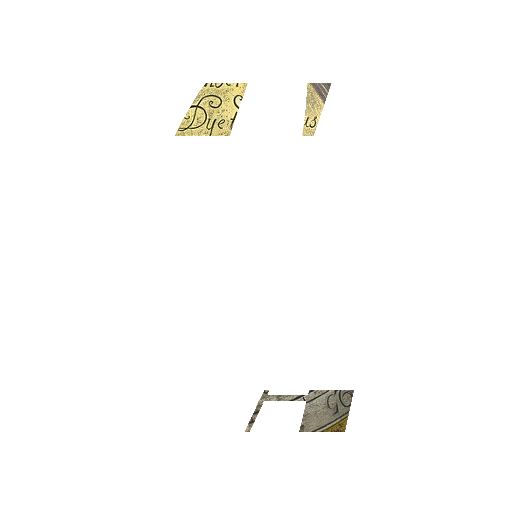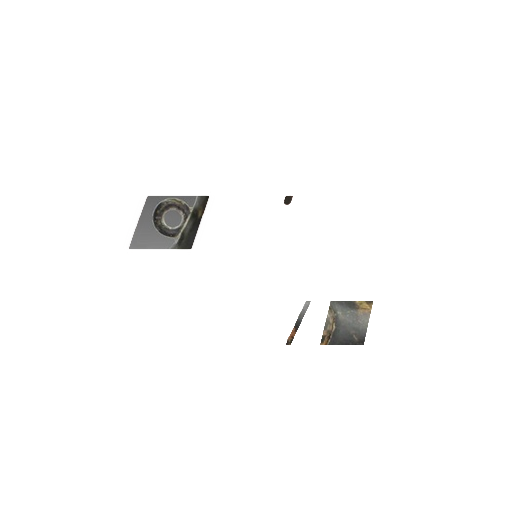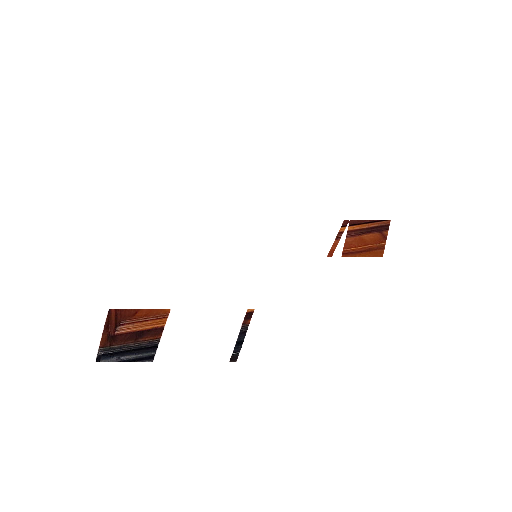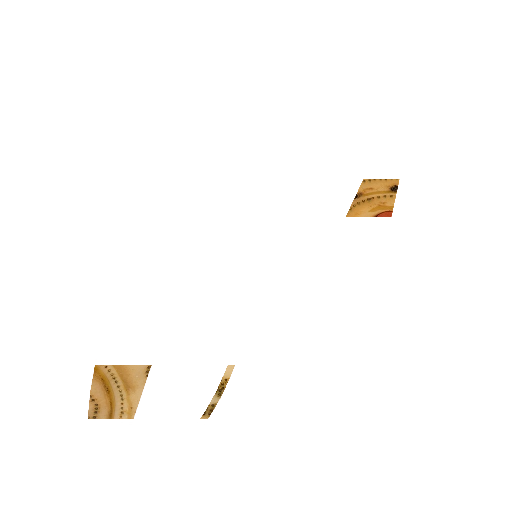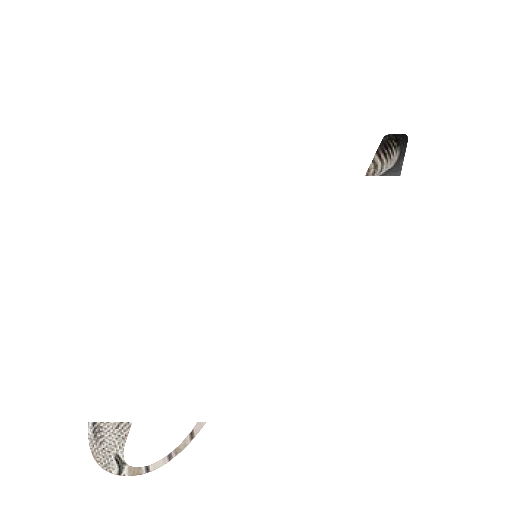The Doccia porcelain manufactory, at Doccia, a frazione of Sesto Fiorentino, near Florence, was founded in 1735 by marchese Carlo Ginori near his villa. Now known as Richard-Ginori, (following its merger with Società Richard of Milan), as of February, 2013 it was in bankruptcy but in April it was acquired by Gucci. Its early wares were of a “soft-paste” imitation porcelain, as were all European porcelains with the exception of Meissen, where deposits of kaolin had been discovered. Ginori established the kilns at the foot of forested Monte Morello, whose timber fuelled them, and initiated experiments with local potting clays. He engaged J.K.W. Anreiter from Vienna to head the painting workshop and a local sculptor, Gaspero Bruschi, as the chief modeller. Production began in 1737. By 1740 Ginori was confident enough of his products to send samples to Vienna and get a privilege for porcelain manufacture in the Austrian-ruled Grand Duchy of Tuscany, giving him the security of a monopoly.
Ginori obtained wax models and casts from the heirs of major Florentine baroque sculptors Giovanni Battista Foggini and Massimiliano Soldani that were intended for casting in bronze, and produced boldly-scaled porcelain figure groups “of a grandeur which makes the figures of most other C18 factories look petite and trifling,” John Fleming and Hugh Honour have observed. Some statuettes of famous Roman sculptures were also produced.
The early Doccia paste is gritty in texture and slightly grayish; its glaze less glossy than most contemporaneous European porcelains. Innovative decorating techniques from the 1740s were transfer-printing and the stampino, or stenciled decor, usually of blue on the white ground; since these could be employed by inexperienced workers, decorated porcelain was brought within reach of the middle classes, and porcelain rapidly replaced traditional maiolica in common use.
Ginori's manufacture was continued without a break by his three sons, who introduced a new, whiter body, with tin oxide added to the glaze for increased whiteness, but were less successful in adapting neoclassical forms to the wares. With the revival of rococo styles in the nineteenth century, the Doccia manufactory reverted to its eighteenth-century models.
The manufacture remained in the hands of the Ginori heirs until 1896, when it was incorporated with the Società Ceramica Richard of Milan, a larger manufacturer of ceramics, as Richard-Ginori. Gio Ponti served as artistic director of the manufacture from 1923 to 1930, producing many designs in the Art Deco manner, and was succeeded by Giovanni Gariboldi, 1930-1970. Richard-Ginori maintains the Museo di Doccia in Sesto Fiorentino, which moved in 1965 from its original location, in the eighteenth-century factory building, to a new structure purposely designed to house the collection.
A DOCCIA PORCELAIN FIGURE GROUP ON WOODEN STAND
CIRCA 1740

A DOCCIA PORCELAIN OVAL DISH
CIRCA 1745

A DOCCIA PORCELAIN OVAL DISH
CIRCA 1745
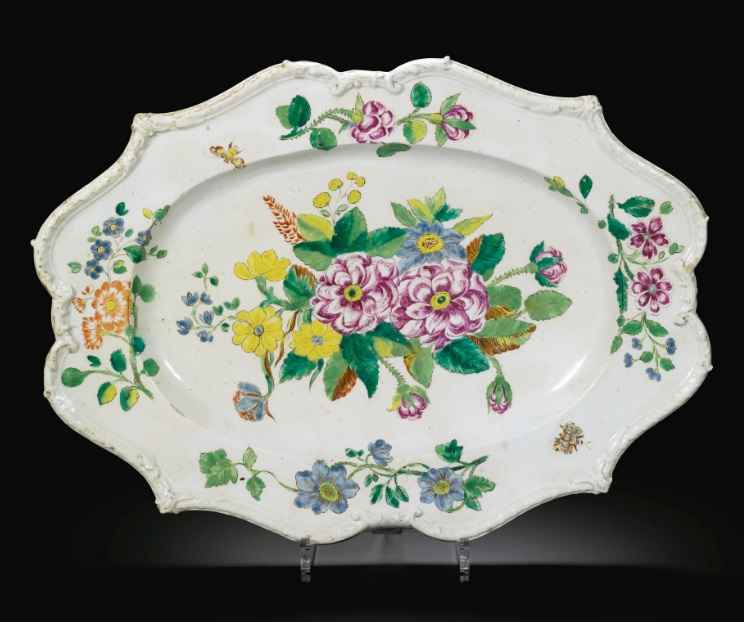
A DOCCIA PORCELAIN CRUCIFIX ON WOODEN PLAQUE
CIRCA 1750
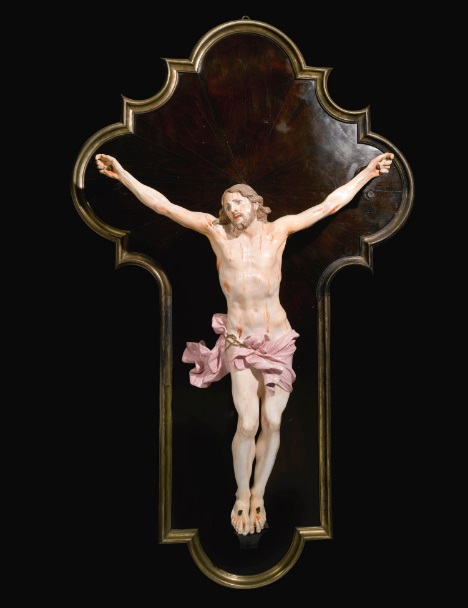
A DOCCIA PORCELAIN HEAD OF A MUSE
CIRCA 1755
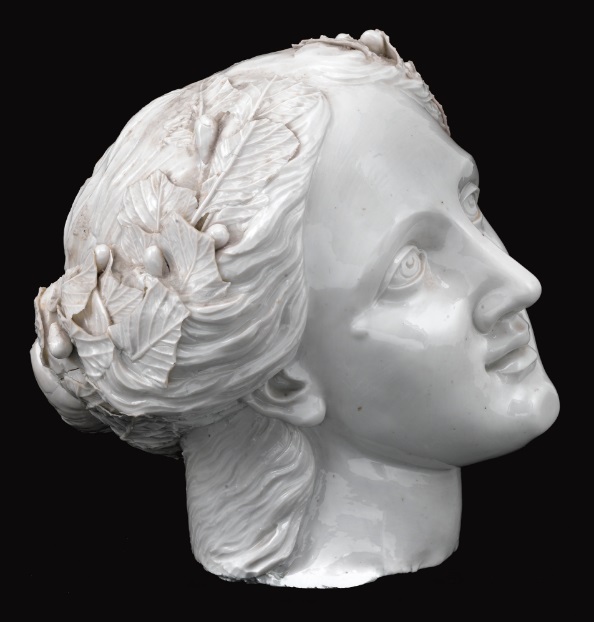
A RARE DOCCIA GINORI PORCELAIN DINNER SERVICE
CIRCA 1800
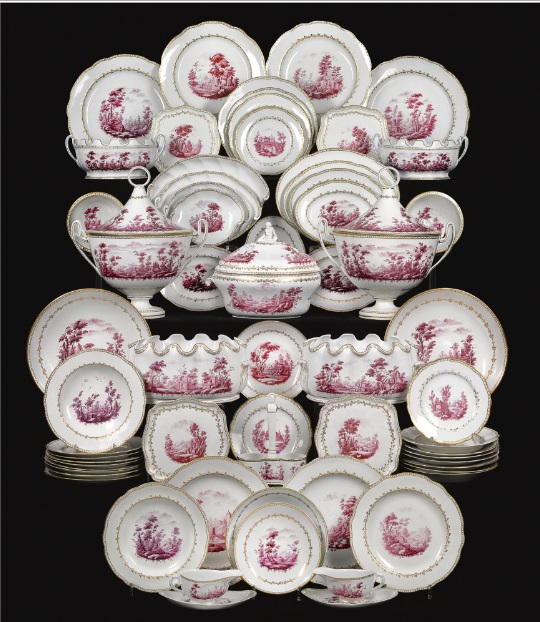
A DOCCIA PORCELAIN COFFEE POT
CIRCA 1750
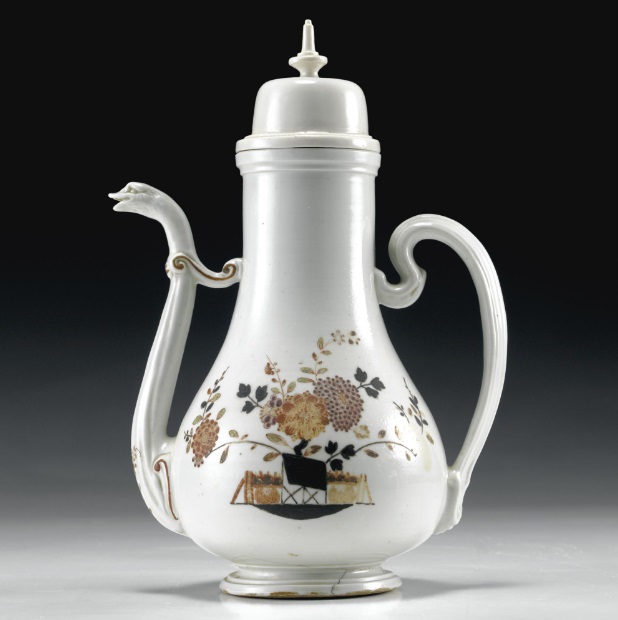
A DOCCIA PORCELAIN TUREEN, COVER AND UNDER TRAY
CIRCA 1820
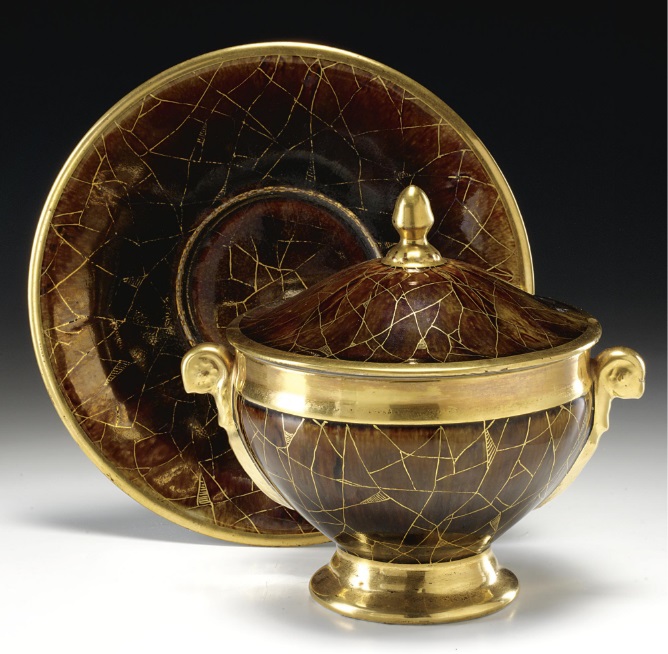
A DOCCIA PORCELAIN PLATE
CIRCA 1755
